Last year, we reported on a major reorganization within the California State Guard (State Defense Force) that resulted in the dismantling of several key emergency response units responsible for wildfire support. This restructuring included the disbandment of the Emergency Response Command (ERC), which encompassed vital teams such as Search & Rescue, Team Shield—a specialized security detachment staffed by certified law enforcement officers and former military police—and Team Blaze, the Guard’s dedicated wildland firefighting force. One of the most controversial decisions during this period was the decommissioning and removal of numerous fire engines and emergency response vehicles, many of which had been generously donated specifically to enhance the State Guard’s wildfire response capabilities. These units and assets had long played a crucial role in assisting local and state agencies during California’s frequent and often devastating wildfires, helping to facilitate safe evacuations and contain advancing fire lines.

The sweeping changes came under the direction of then-newly appointed Adjutant General of California, Major General Matthew P. Beevers, and State Guard Commanding General, Brigadier General (CA) Darrin Bender. In addition to the dismantling of these vital units, a drastic uniform change was enacted to distinguish State Guard troops from their National Guard counterparts. These changes sparked significant concern from within the force and across the country. This reorganization and its effects became very evident earlier this year as historic and horrific fires raged throughout Los Angeles and California, overwhelming many cities and threatening lives and property. The horrendous loss of life and property stunned the state and country. All this occurring with The California State Guard, once a rapid and reliable wildfire response element, being noticeably absent.
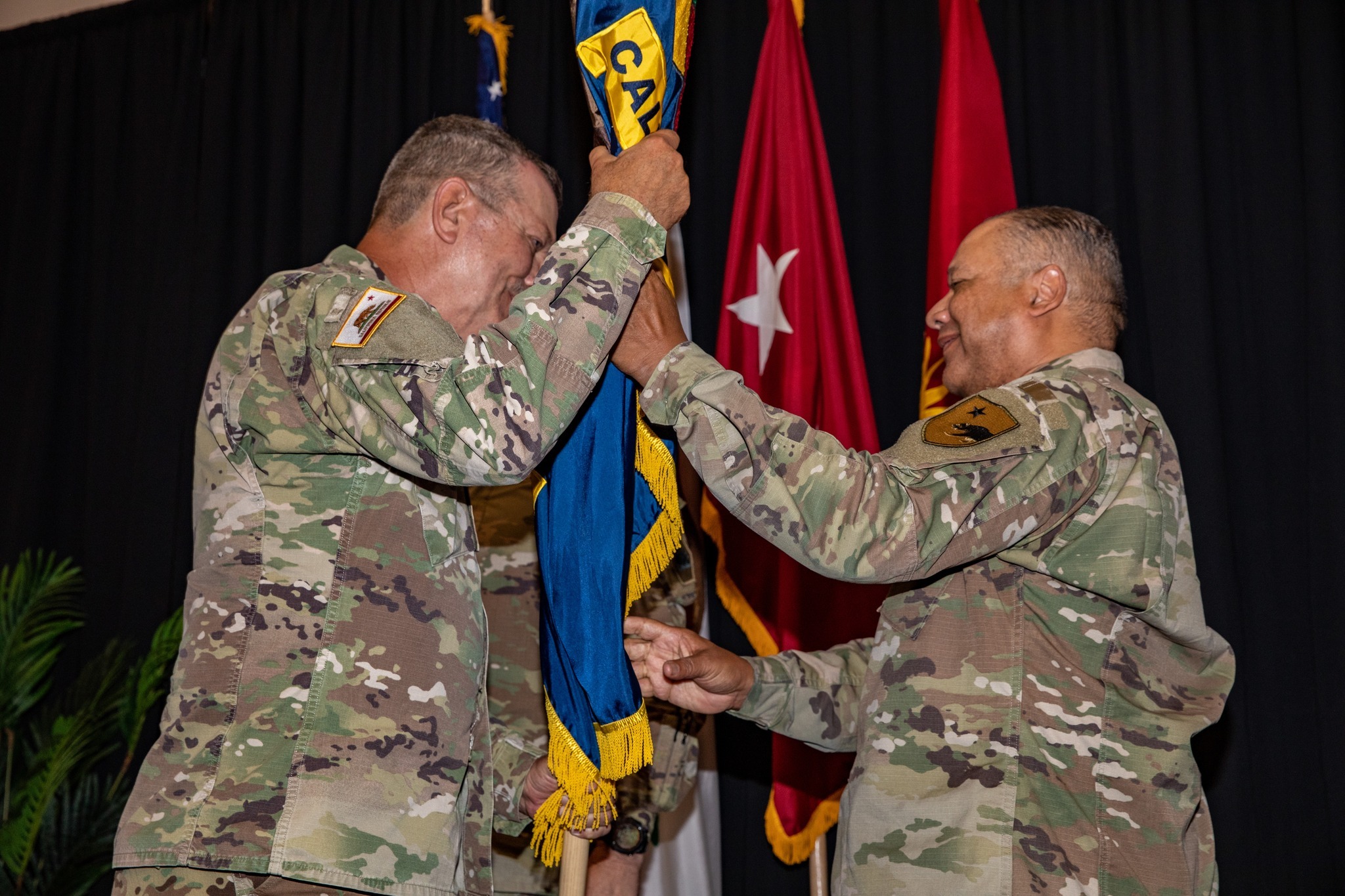
Since the disastrous and horrific wildfires, a new commanding general was appointed to The California State Guard, Brigadier General (CA) Larry K. Adams. Since assuming command, General Adams has quickly set a new tone and pace for the organization. Under his leadership, we noticed The California State Guard has undergone a visible resurgence in both mission scope and operational capability.
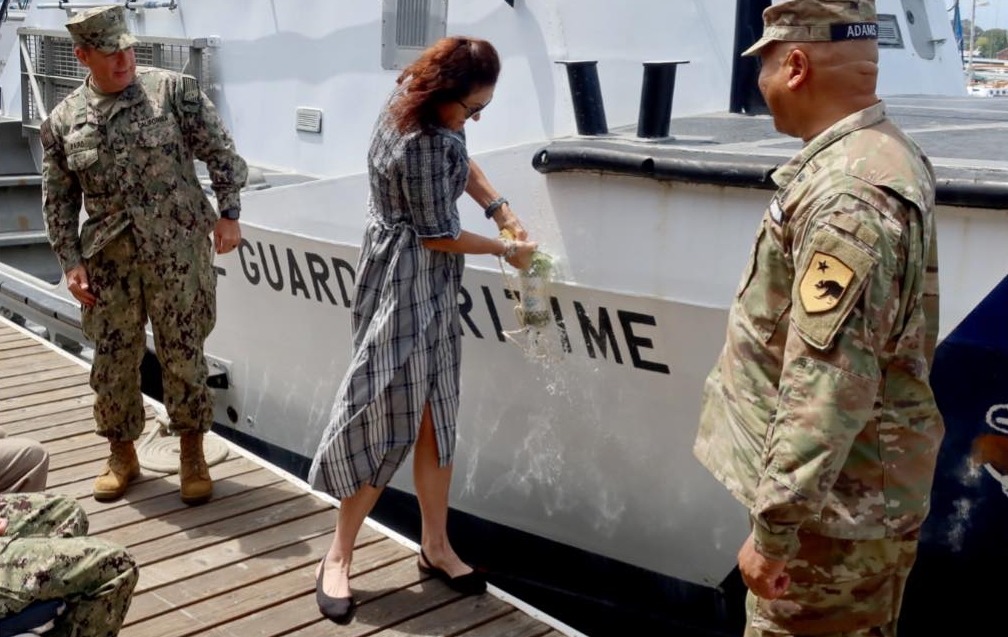
In recent months, State Guard forces have participated in numerous missions and high-profile activities, including commissioning a new vessel for their Maritime Support Command—a move signaling renewed investment in operational readiness and capability. Most notably, Team Blaze, the Guard’s previously dismantled wildfire firefighting unit, appears to be back in action.
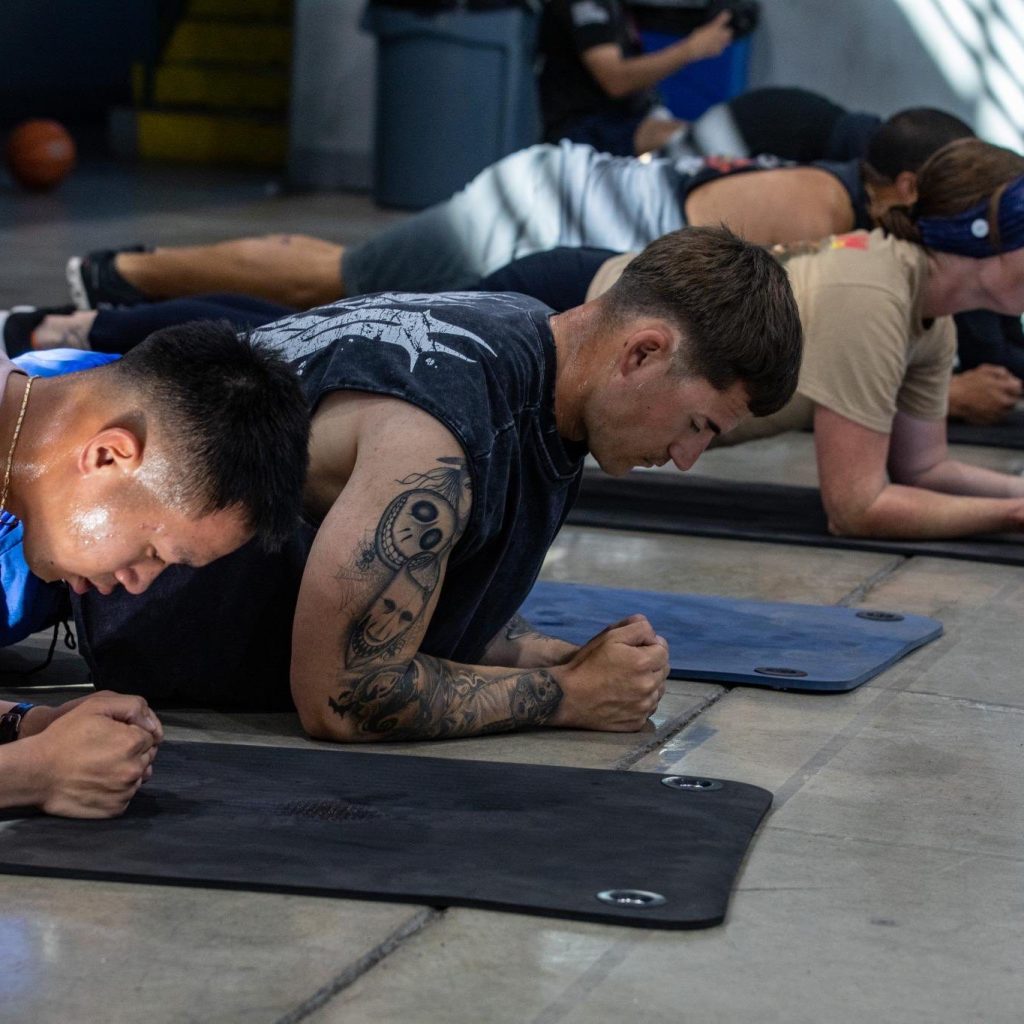
This revitalization was made clearly evident during the recent wildland firefighting training exercise conducted by Taskforce Rattlesnake—a vital joint team composed of both California National Guard and California State Guard personnel. On July 15–16, 2025, the Mount Hamilton Crew, a subunit of this task force, engaged in intensive wildfire readiness training in the rugged terrain of San Jose, California. Each morning began with physical fitness exercises designed not only to build stamina but to forge unit cohesion and mental resilience—key attributes when facing the grueling and chaotic nature of wildfire deployments.
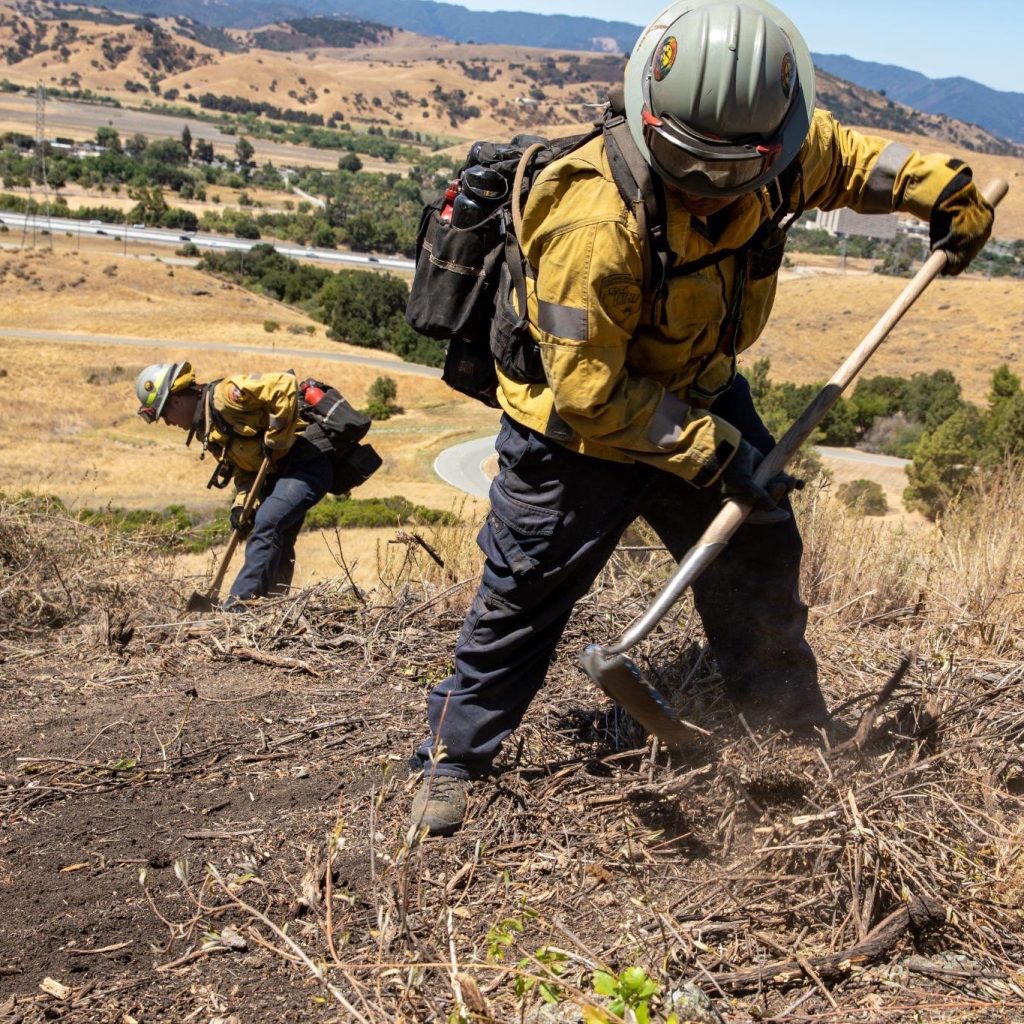
Following their fitness routines, the teams moved out into the hilly wildlands to perform live brush-clearing drills. These critical operations simulate real-world fireline construction, where fire crews must move quickly and efficiently to cut firebreaks and remove flammable vegetation before a fire can reach populated areas. These drills also serve an immediate purpose: by reducing combustible material in high-risk zones, the teams directly lower the likelihood and intensity of future wildfires. In a state like California—where increasingly longer and more destructive fire seasons are becoming the norm—these prevention efforts cannot be overstated.
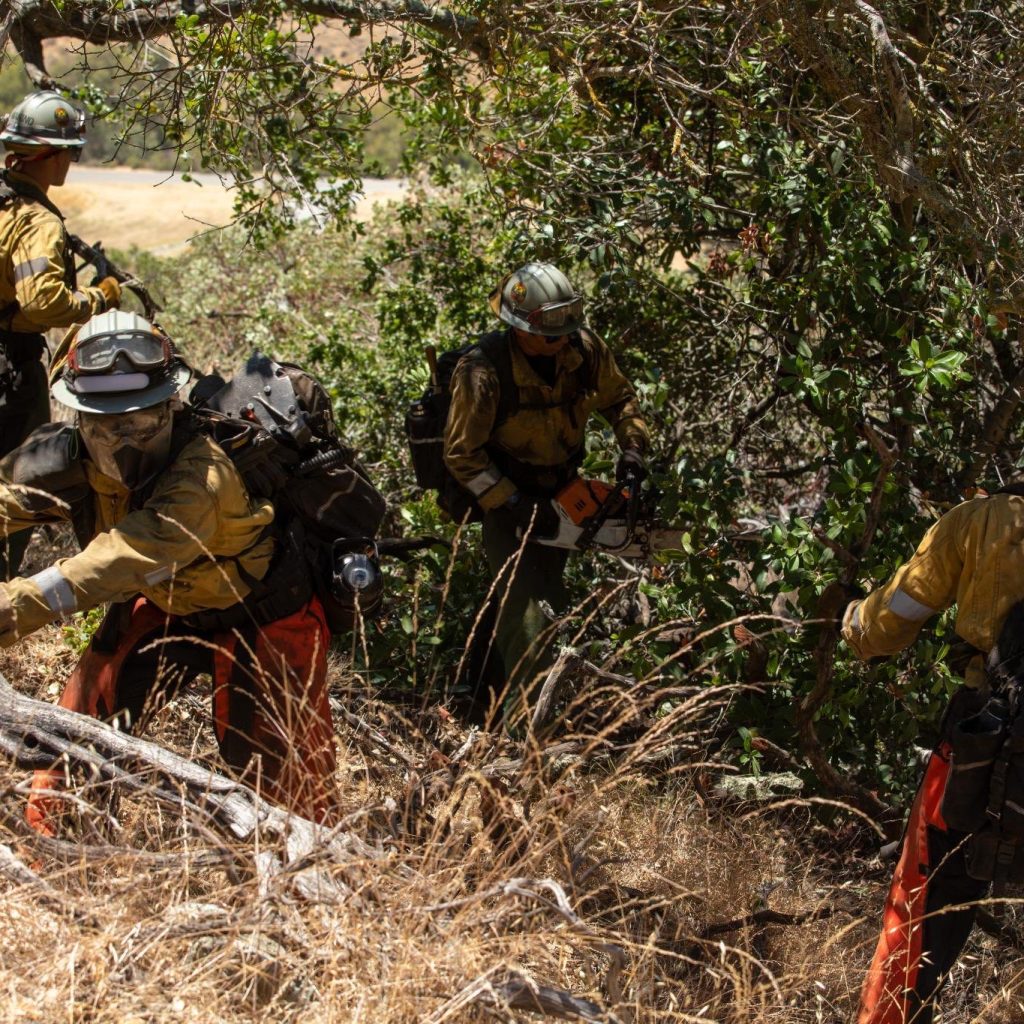
The importance of having as many trained wildland firefighters as possible cannot be emphasized enough. California’s vast, dry landscapes and growing population centers make it uniquely vulnerable to large-scale fire disasters. When wildfires erupt, speed and manpower become critical. The more trained hands available to respond—especially those familiar with terrain and protocols—the greater the chance of saving lives, protecting infrastructure, and reducing overall damage. Every additional crew member on the line means more firebreaks can be built, more homes defended, and more communities evacuated safely.
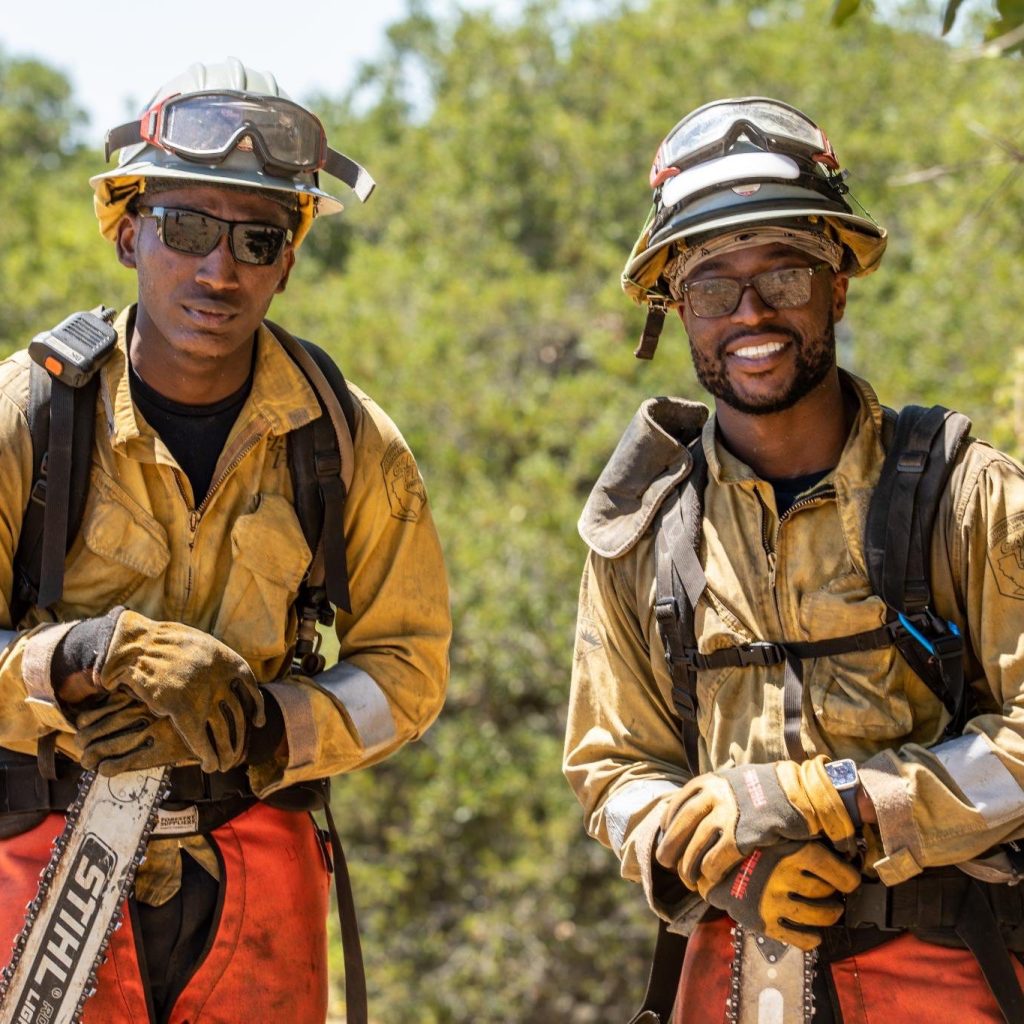
The return of California State Guard’s dedicated firefighting unit, and the renewed emphasis on joint training efforts like Taskforce Rattlesnake are not just symbolic—they are strategic and necessary. They signal that the California State Guard is once again stepping up to fulfill its historic mission of protecting Californians during the state’s most dangerous and recurring natural disasters. This resurgence reaffirms the Guard’s critical role in wildfire response and reinforces the importance of maintaining a well-trained, well-equipped, and highly mobile force of citizen-soldiers who are ready to answer the call—no matter the emergency.
StateDefenseForce.com is enthused to see the California State Guard revitalized and returning to the missions it has performed for decades. Whether it’s fire, flood, or emergency, the Guard stands ready—serving the people of California with unwavering dedication and proving once again they are always there when needed most.
The CalGuard pushes forward and continues to train.
The Mount Hamilton Crew of Taskforce Rattlesnake, a wildland firefighting task force composed of California National Guard and California State Guard members, completed regular training at their armory and out on hilly terrain in San Jose, Calif., July 15-16, 2025.
In the mornings, fire crews in Taskforce Rattlesnake complete physical fitness training together to ensure they’re staying physically fit and motivating each other to improve themselves. Then, they head out to wooded, hilly wildlands to test their endurance by cutting and clearing brush and debris, which also reduces the risk of wildfires spreading.
All of this prepares them for when they need to respond to wildfires and support California Department of Forestry and Fire Protection (CAL FIRE), which can be physically demanding.
( Staff Sgt. William Griffen)

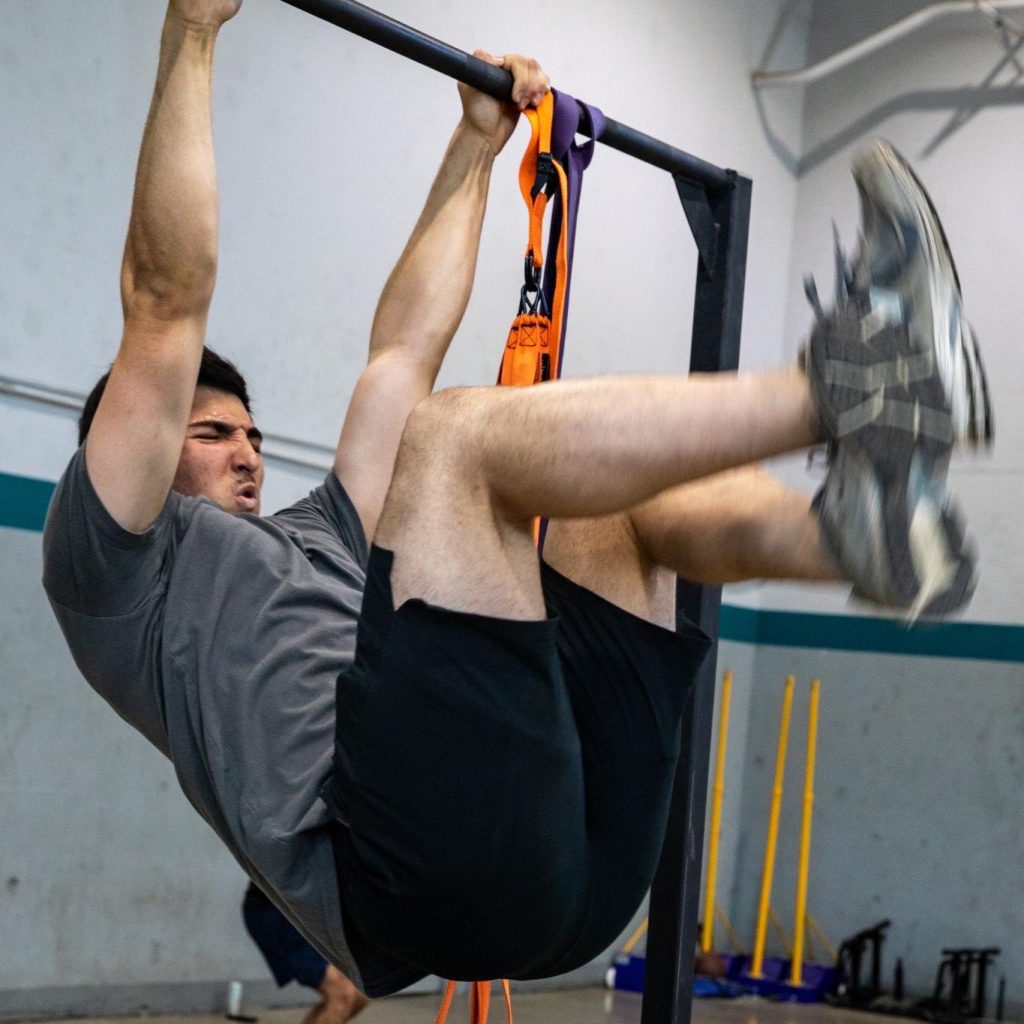
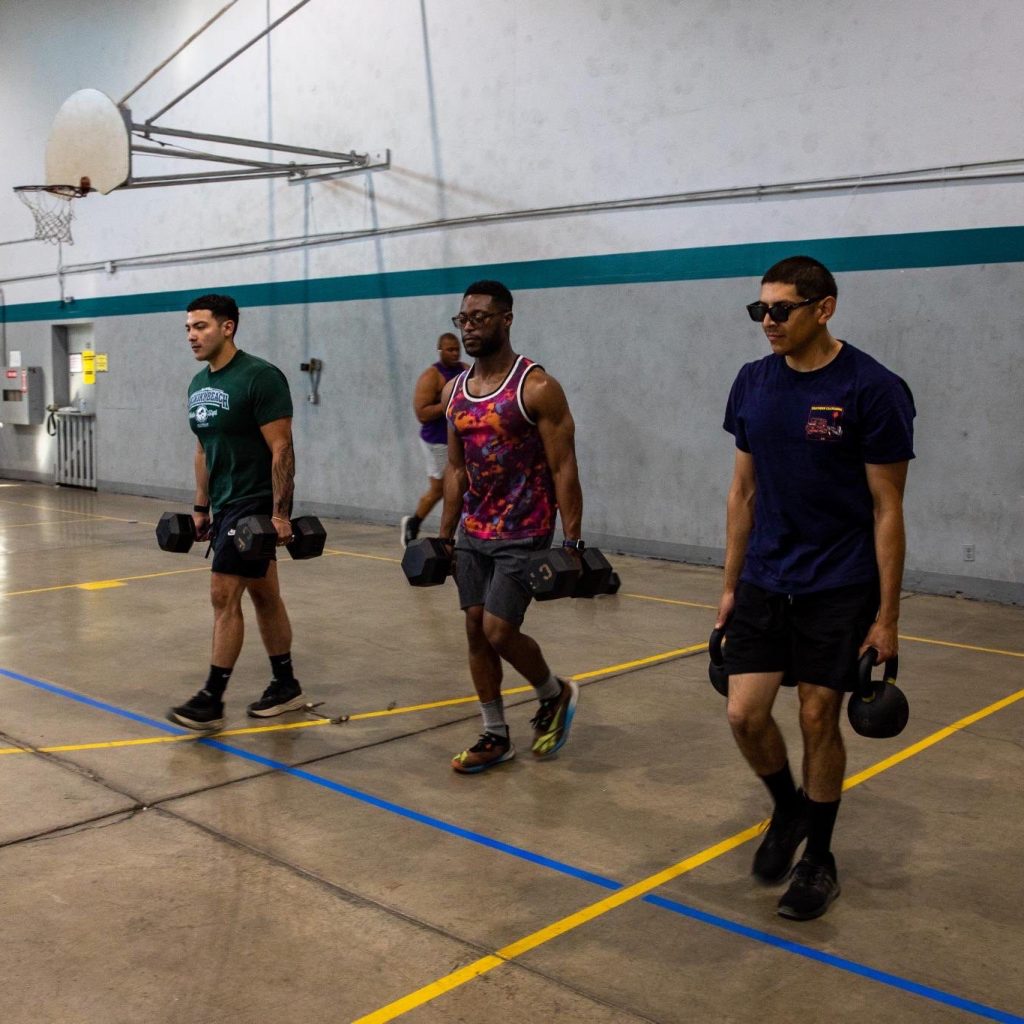
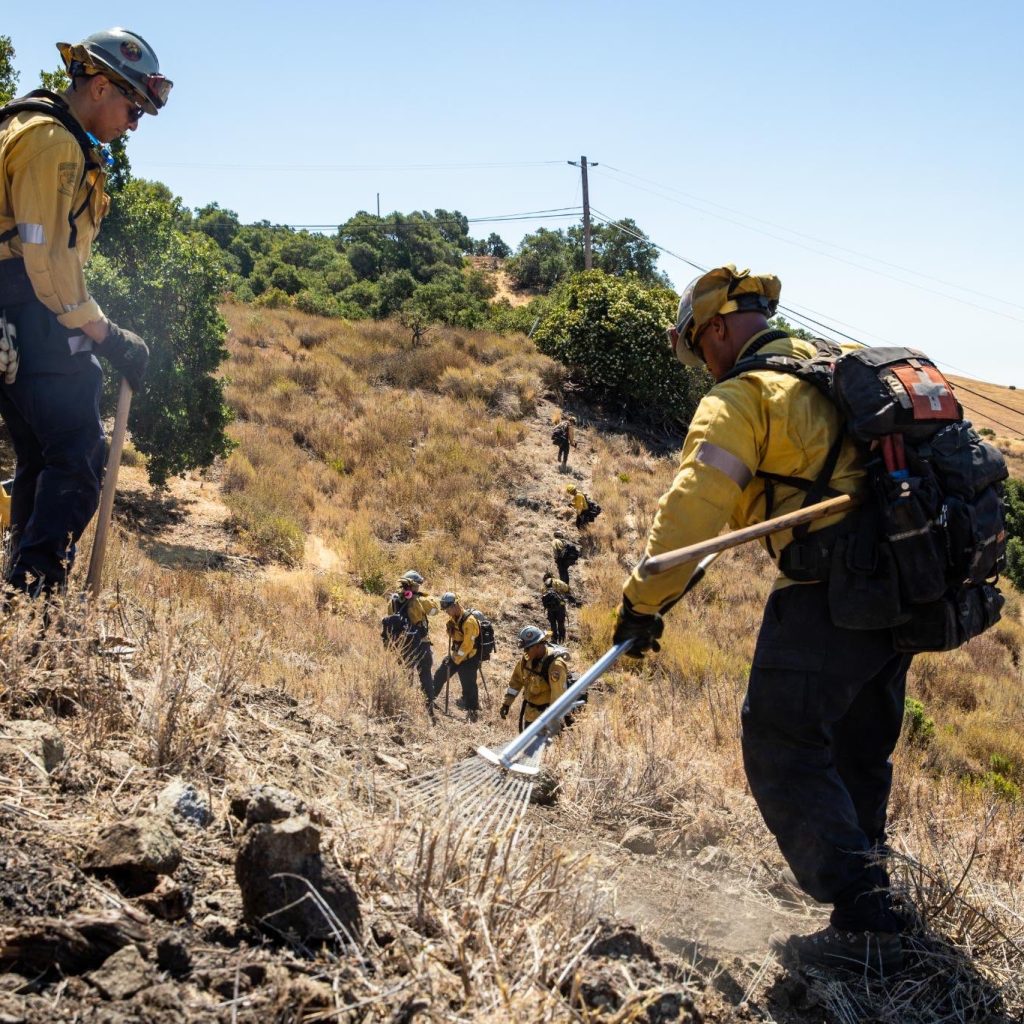


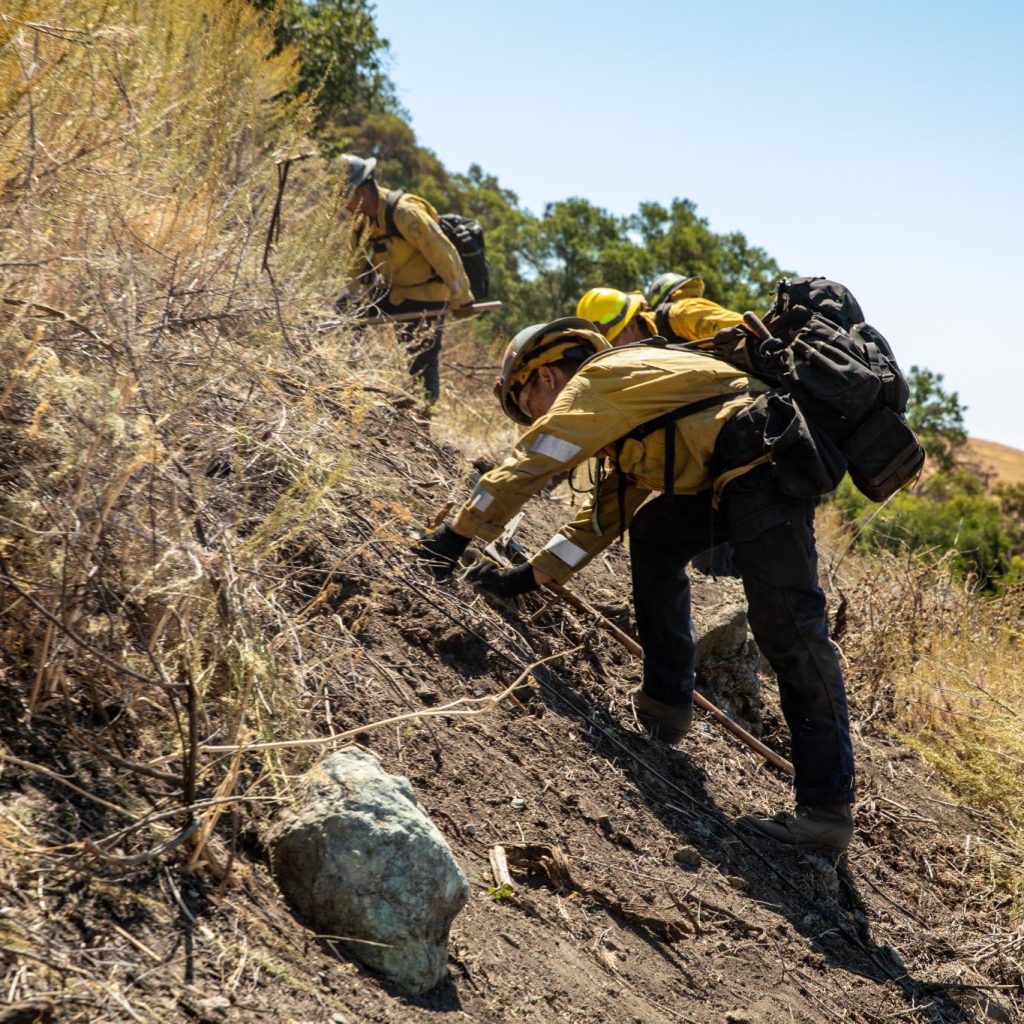
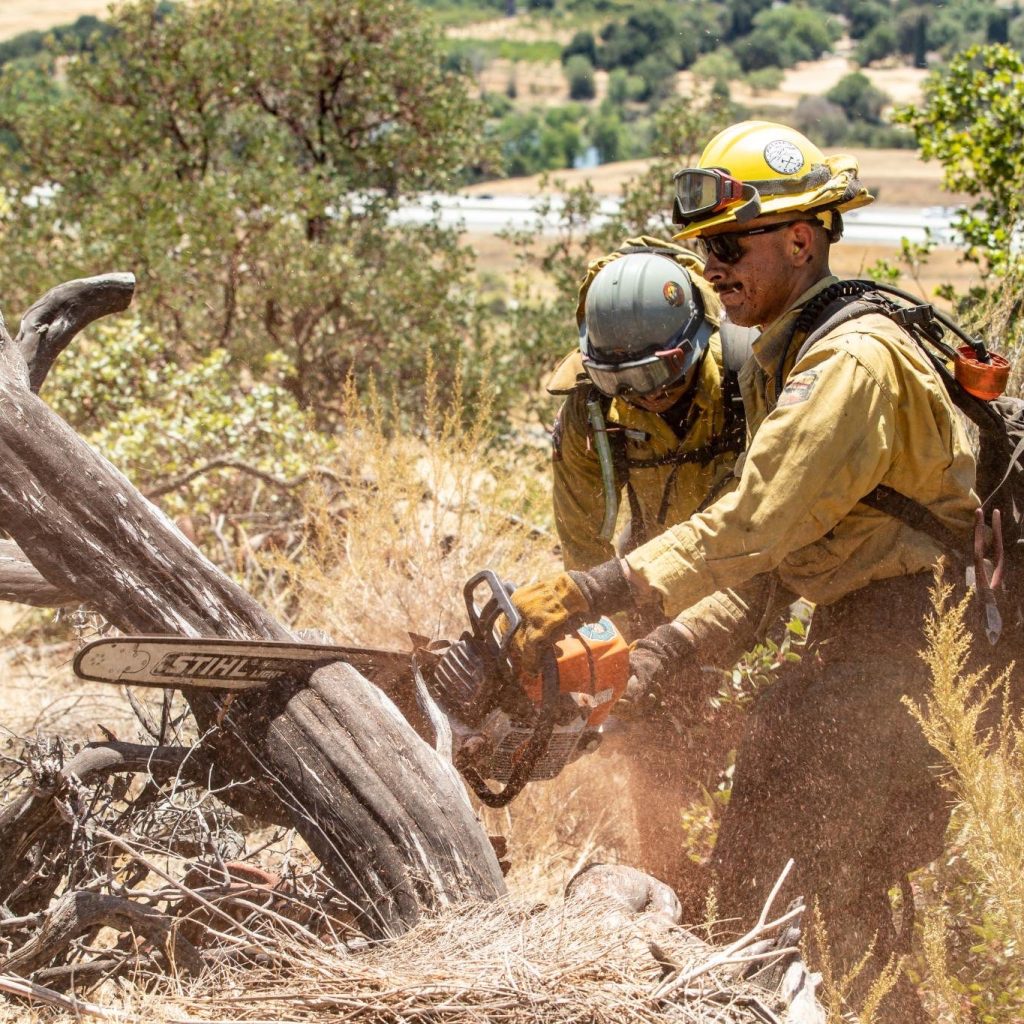

Source: California Army National Guard

